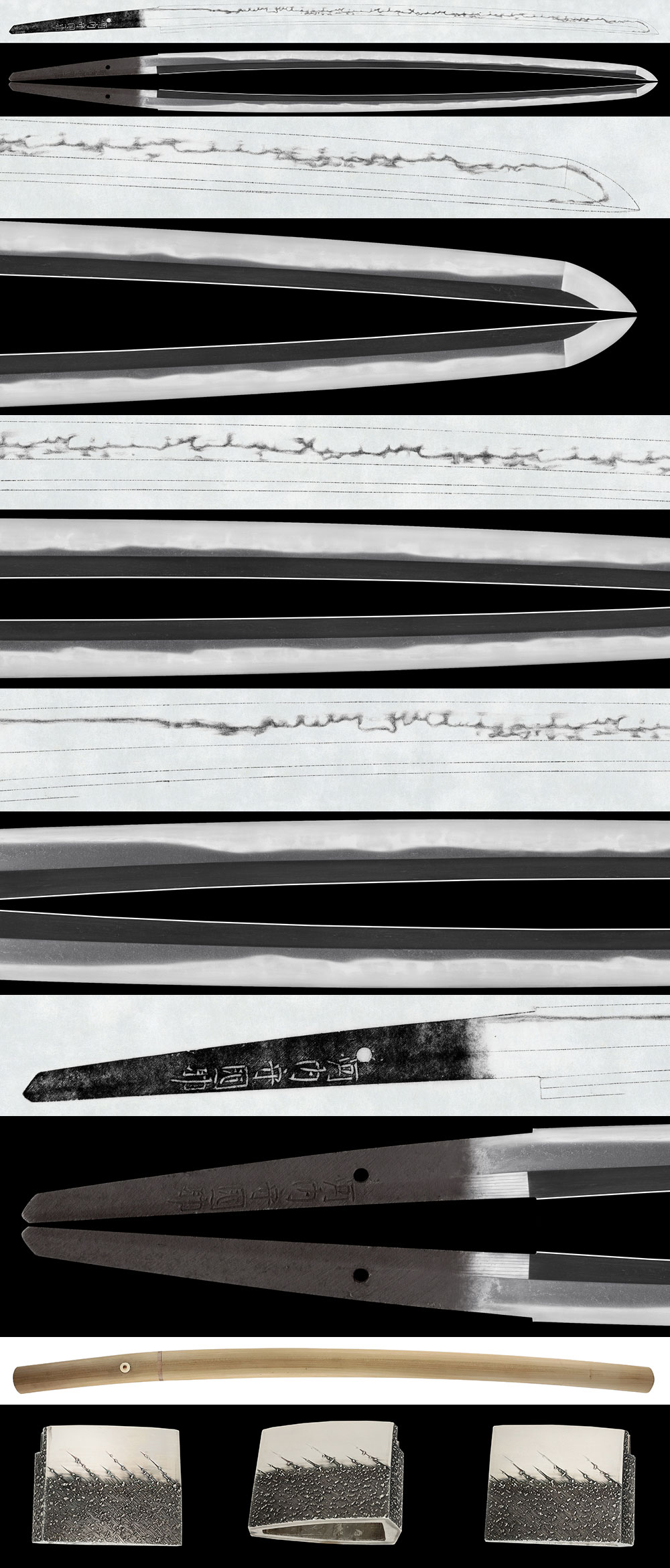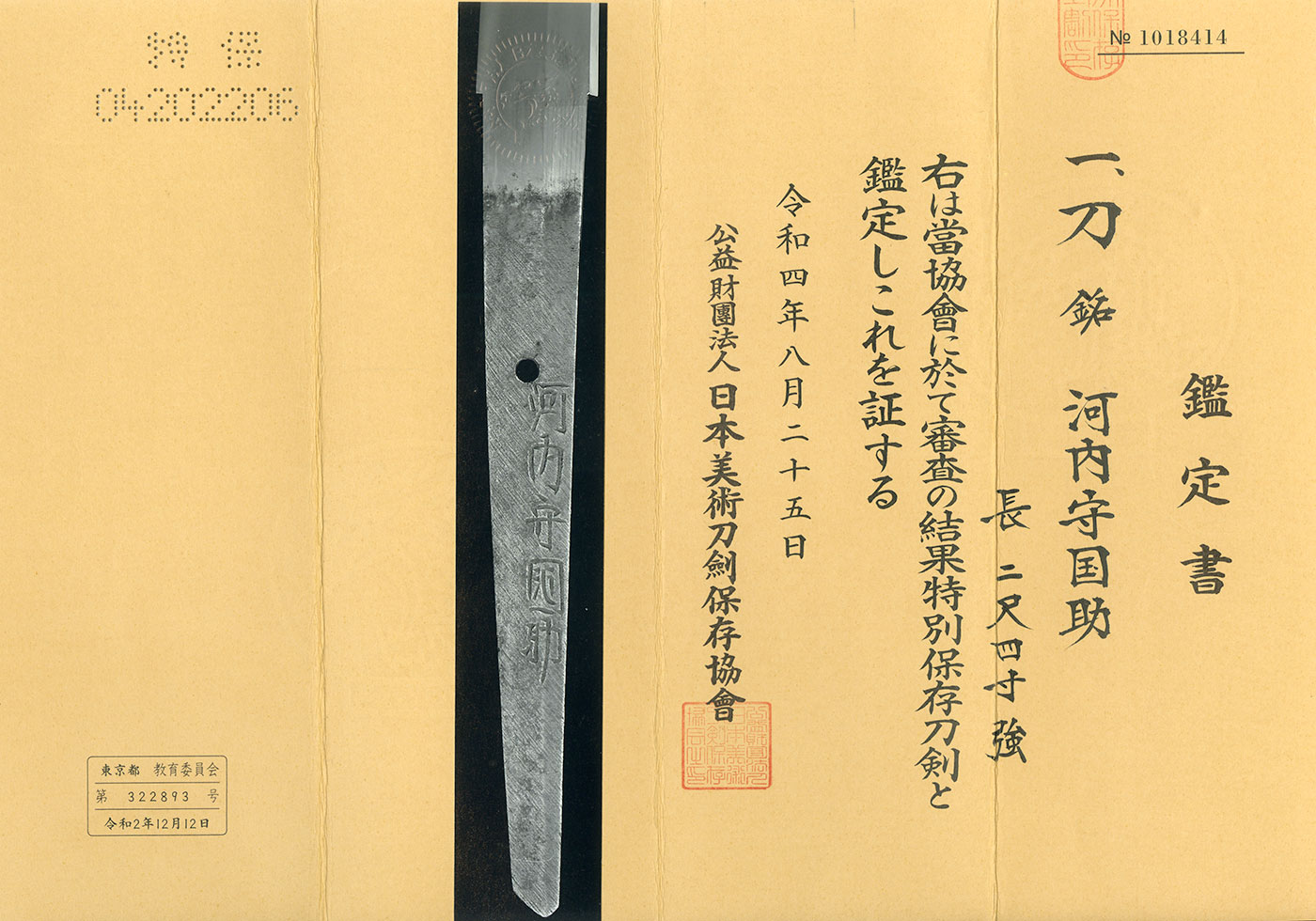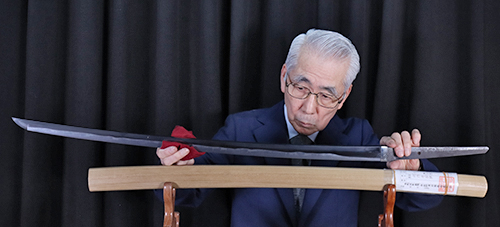Ordering number:24226
Katana: In Shirasaya (NBTHK Tokubetsu Hozon Token)
Signature: Kawachi Kami Kunisuke (2nd Generation)
河内守国助(2代)
Shinto: Wazamono: Jyo Saku: Settsu
We divide 4 sections for each sword as Saijyo Saku, Jyojyo Saku, Jyo Saku, and Regular Saku.
This work is ranked as Jyojyo Saku among the works of Kawachi no Kami Kunisuke.
Habaki: Silver Single Layer
Blade Length: 72.8 cm (28.66 in)
Curvature: 1.3 cm (0.51 in)
Mekugi Hole: 1
Width at Base (Motohaba): 3.22 cm (1.27 in)
Width at Tip (Sakihaba): 1.94 cm (0.76 in)
Thickness (Kasane): 0.78 cm (0.31 in)
Sword Weight: 800 g (1.76 lbs)
Era: Edo period, around the Kanbun era (1661-1673)
Shape:A slightly wide mihaba with a sturdy kasane.
The curvature is moderate, and the kissaki is slightly extended.
Jigane:Finely forged ko-itame hada, forming a well-refined Osaka-style jigane.
Hamon:A few centimeters of yakidashi appear from the hamachi, followed by a gunome-midare pattern with long ashi extending into the blade.
The boshi curves back in a rounded manner.
Features:The 2nd generation Kawachi no Kami Kunisuke is often referred to as "Naka-Kawachi" (Middle Kawachi) due to his position between the 1st and 3rd generations.
His works are sometimes called "Shinto Ichimonji" due to the well-controlled small nie formation.
During this period, the Edo Shogunate issued a ban on sword-carrying for townspeople on March 15, Kanbun 8 (1668).
As a result, swordsmiths faced harsh times, and demand for swords rapidly declined.
Many swordsmiths were forced to abandon their craft, and with Japan entering a relatively peaceful era, many shifted to making household items such as pots and kettles.
NBTHK Tokubetsu Hozon Token
Aoi Art Estimation Paper
Whole Oshigata
Price:1,550,000JPY
Order Form
Related Items:
 Katana:Kawachi Kami Kunisuke (Second Generation, Nakakawachi) (NBTHK Tokubetsu Hozon Token)
Katana:Kawachi Kami Kunisuke (Second Generation, Nakakawachi) (NBTHK Tokubetsu Hozon Token)
 Katana: Hishu Kawachi no Kami Fujiwara Masahiro (2nd Generation)(Tokubetsu Hozon Token)
Katana: Hishu Kawachi no Kami Fujiwara Masahiro (2nd Generation)(Tokubetsu Hozon Token)
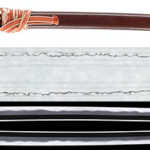 Katana: Hizen Kuni Kawachi Daijo Masahiro (first generation)(61st NBTHK Juyo Paper)
Katana: Hizen Kuni Kawachi Daijo Masahiro (first generation)(61st NBTHK Juyo Paper)
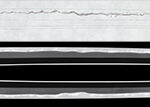 Katana:Kawachi Kami Kunisuke(1st)(NBTHK Tokubetsu Hozon Token)
Katana:Kawachi Kami Kunisuke(1st)(NBTHK Tokubetsu Hozon Token)
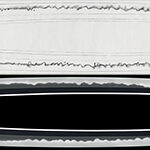 Katana: Kawachi Kami Fujiwara Kunisuke (NBTHK the 39th Juyo Token)
Katana: Kawachi Kami Fujiwara Kunisuke (NBTHK the 39th Juyo Token)
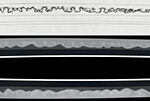 Katana:Echigo no Kami Kanesada(NBTHK Tokubetsu Hozon Token)
Katana:Echigo no Kami Kanesada(NBTHK Tokubetsu Hozon Token)

